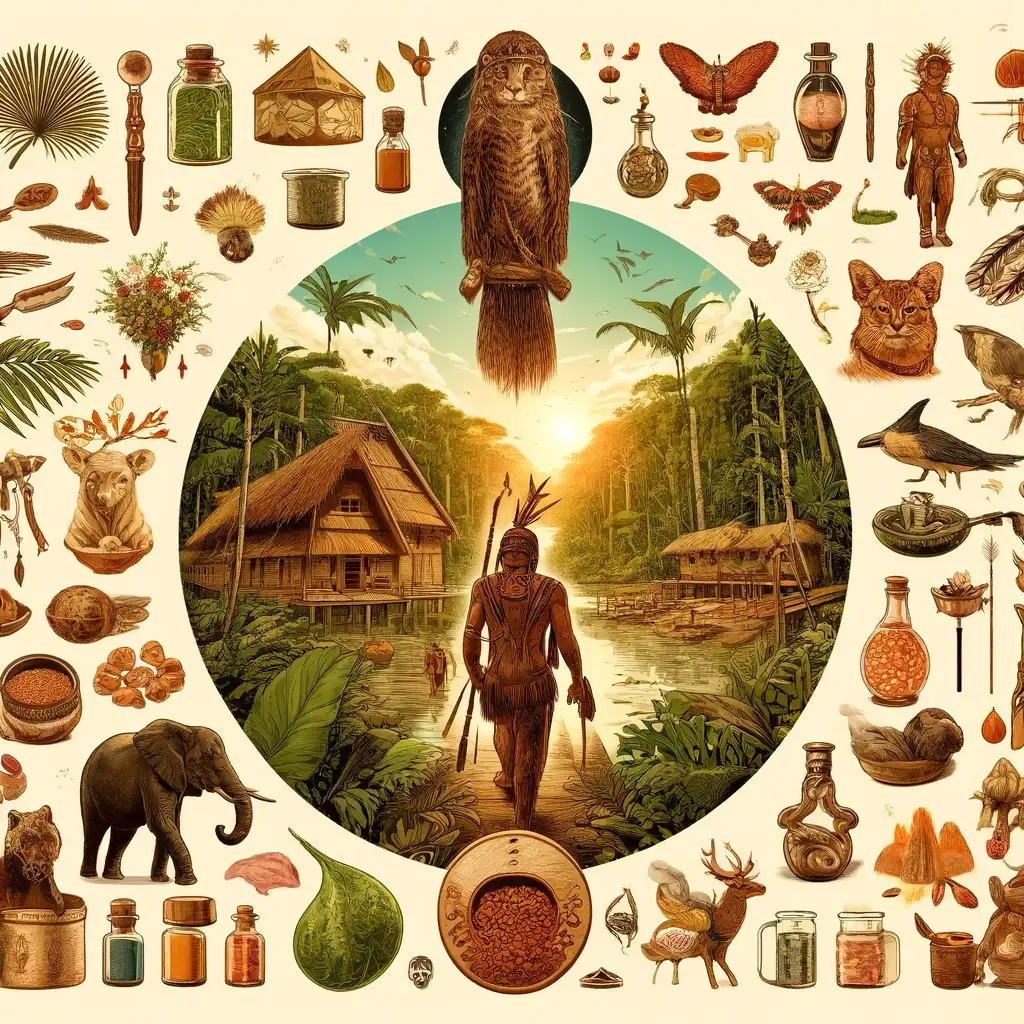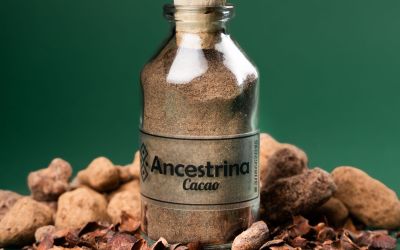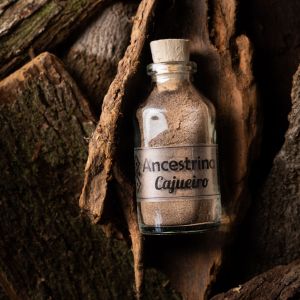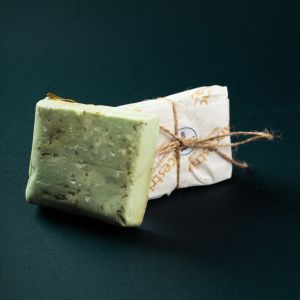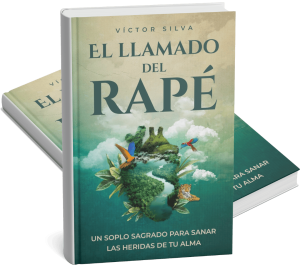History and Territory
The Munduruku, traditionally known for their valor and prowess in warfare, have dominated the Tapajós Valley region since the 18th century, an area that was once called Mundurukânia. Although their battles have changed, today they are fighting modern threats such as illegal gold mining, invasive hydroelectric projects, and the construction of large waterways that threaten the integrity of their ancestral land.
Name and Language
The Munduruku's self-designation is Wuy jugu, which means “red ants,” a reference to their mass warfare tactics against enemies. Despite the linguistic diversity due to geographical dispersion and the history of colonial contacts, most in the villages along the Tapajós River are bilingual, maintaining their mother tongue along with Portuguese.
Social Structure and Organization
Munduruku society is structured around two exogamous halves, identified as the red half and the white half, which dictate not only kinship relationships but also everyday and spiritual interactions. Patrilineal descent and matrilocal residence are normative, reflecting a complex social system that governs everything from marriage to community responsibility.
Contemporary Challenges
Today, the Munduruku face continuous pressures on their territory due to illegal extractions and development projects. These threats have prompted the community to mobilize to protect their ancestral rights and conserve their environment, which is fundamental to their culture and survival.
Cultural Aspects
Although many aspects of Munduruku culture have evolved, some traditional rituals and practices persist. For example, rituals related to hunting and fishing remain central, reflecting a deep respect for nature that is intertwined with their worldview.
Future Outlook
Despite the challenges, the Munduruku continue to be a resilient people who are proud of their heritage. Their struggle for land is not only a battle for territory but also for the preservation of their cultural identity and the transmission of this rich heritage to future generations.
Explore more about your spiritual and ancestral well-being with Ancestrina. Visit our store to discover authentic products that connect you with ancestral traditions, or join our community to learn more and share your experiences. Your journey towards holistic well-being starts here! Click here to learn more and begin your journey with us.

